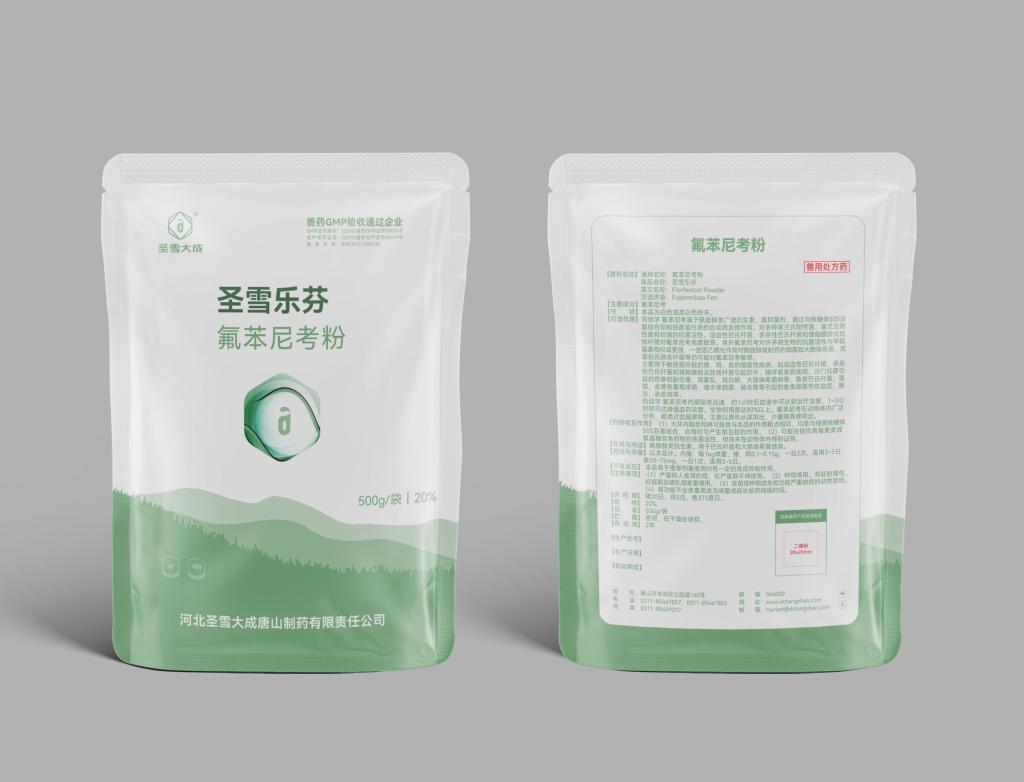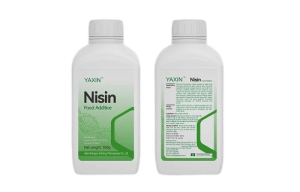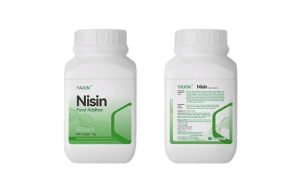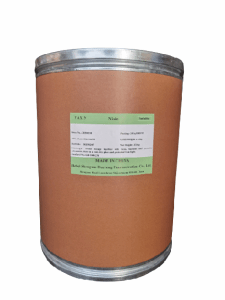Tel:+8618231198596

News
 CONTACT
CONTACT
 CONTACT
CONTACT
- Linkman:Linda Yao
- Tel: +8618231198596
- Email:linda.yao@dcpharma.cn
- Linkman:CHARLES.WANG
- Department:Overseas
- Tel: 0086 0311-85537378 0086 0311-85539701
News
The role of Florfenicol Powder in controlling post-operative infections is recognized.
TIME:2024-10-23
Understanding Post-Operative Infections
Post-operative infections can occur when pathogenic bacteria infiltrate surgical sites, leading to complications that may prolong recovery times or result in severe health issues. These infections can arise due to several factors, including:
Surgical Site Contamination: Bacteria present on the skin, in the environment, or within the animal’s body can enter the surgical site during procedures.
Compromised Immune Response: Surgical stress and underlying health conditions can weaken an animal's immune system, making it more susceptible to infections.
Surgical Technique: The skill of the veterinarian and the sterility of the surgical environment play significant roles in minimizing the risk of infections.
Given these risks, the use of effective antimicrobial agents like Florfenicol is vital in preventing and managing post-operative infections.
The Role of Florfenicol Powder
Broad-Spectrum Activity: Florfenicol is known for its effectiveness against a wide range of gram-positive and gram-negative bacteria. Its broad-spectrum activity makes it particularly useful in controlling infections that may arise from various bacterial sources during and after surgical procedures.
Mechanism of Action: Florfenicol inhibits bacterial protein synthesis by binding to the 50S ribosomal subunit, which effectively halts bacterial growth and replication. This mechanism allows Florfenicol to combat established infections and prevent the proliferation of bacteria that could compromise post-operative recovery.
Prevention of Surgical Site Infections: Administering Florfenicol powder as a prophylactic measure before or immediately after surgery can help minimize the risk of surgical site infections. By proactively treating the surgical area with Florfenicol, veterinarians can reduce the bacterial load and enhance the overall success of the surgical procedure.
Reduction of Treatment Duration: By effectively controlling post-operative infections, Florfenicol can shorten the duration of antibiotic therapy needed. This can lead to reduced side effects, improved compliance with treatment protocols, and quicker recoveries for animals.
Benefits for Animal Health and Recovery
Enhanced Recovery Rates: The timely administration of Florfenicol can lead to faster recovery rates in animals undergoing surgery. When post-operative infections are controlled effectively, animals can return to normal activity sooner, reducing the stress associated with prolonged confinement or limited mobility.
Lower Veterinary Costs: By preventing post-operative infections, Florfenicol can help reduce the overall veterinary costs associated with complications, such as extended hospital stays, additional treatments, and follow-up surgeries. This economic benefit is significant for both animal owners and veterinary practices.
Improved Animal Welfare: Effective management of post-operative infections contributes to better overall animal welfare. Healthy recovery post-surgery minimizes pain, discomfort, and anxiety, leading to improved quality of life for animals.
Challenges and Considerations
While the use of Florfenicol powder offers numerous advantages in controlling post-operative infections, several considerations must be taken into account:
Antimicrobial Resistance: As with any antibiotic, the risk of developing antimicrobial resistance must be carefully managed. Veterinarians should employ Florfenicol judiciously and in accordance with established guidelines to preserve its efficacy.
Adherence to Dosage and Withdrawal Guidelines: Proper dosing and adherence to withdrawal periods are crucial to ensure that antibiotic residues do not enter the food supply. Veterinarians must communicate these guidelines clearly to animal owners.
Individual Animal Assessment: Each animal's health status and specific surgical needs must be assessed before administering Florfenicol. Tailoring antibiotic use to individual cases can enhance treatment effectiveness and reduce unnecessary use.
Conclusion
Florfenicol powder plays a vital role in controlling post-operative infections in veterinary medicine. Its broad-spectrum activity, effective mechanism of action, and ability to enhance recovery rates make it an invaluable tool in surgical care. By utilizing Florfenicol responsibly and judiciously, veterinary professionals can significantly improve outcomes for animals undergoing surgery, ensuring their health and well-being. As the veterinary field continues to prioritize effective infection management and antimicrobial stewardship, Florfenicol will remain an essential component of post-operative care, contributing to the overall success of surgical interventions and the welfare of animals.
- Tel:+8618231198596
- Whatsapp:18231198596
- Chat With Skype







